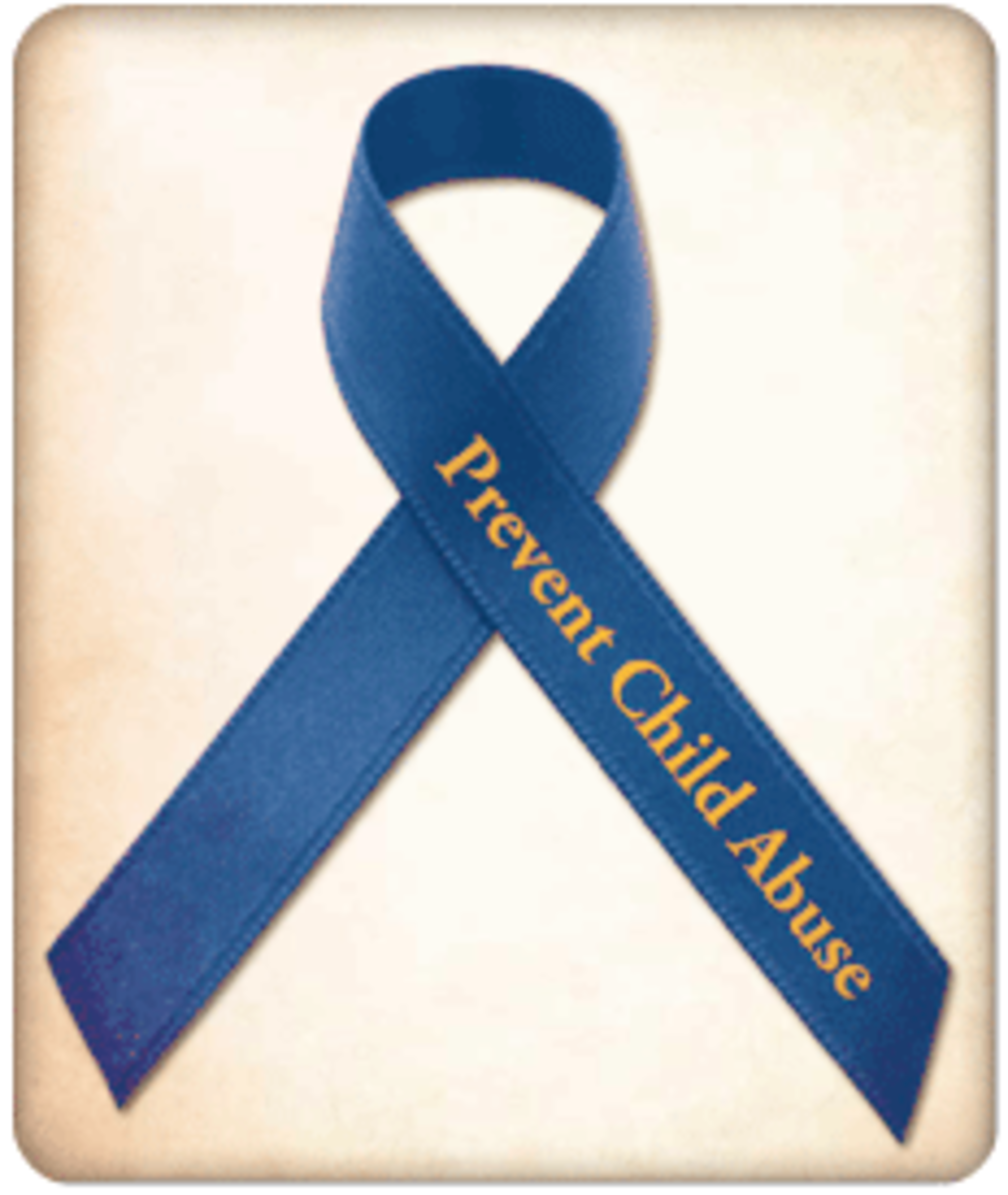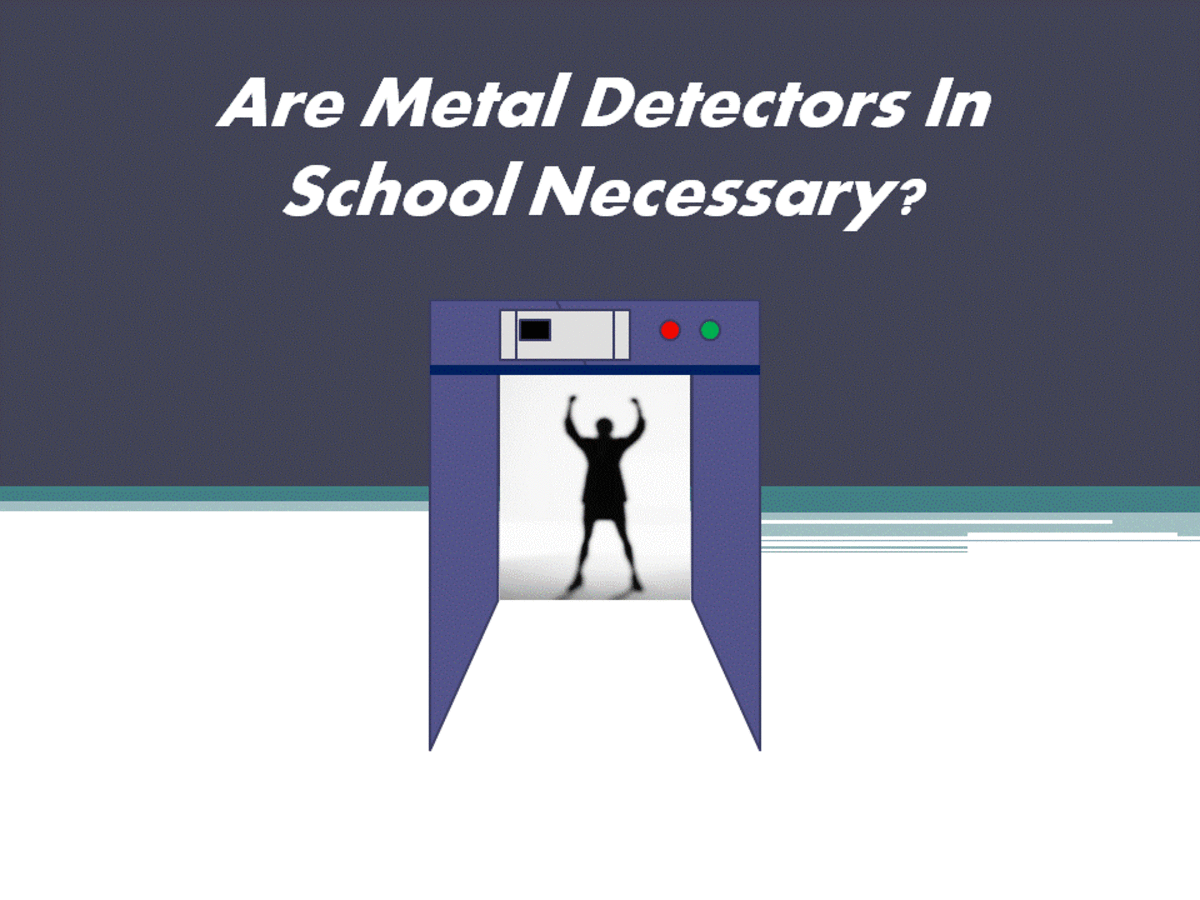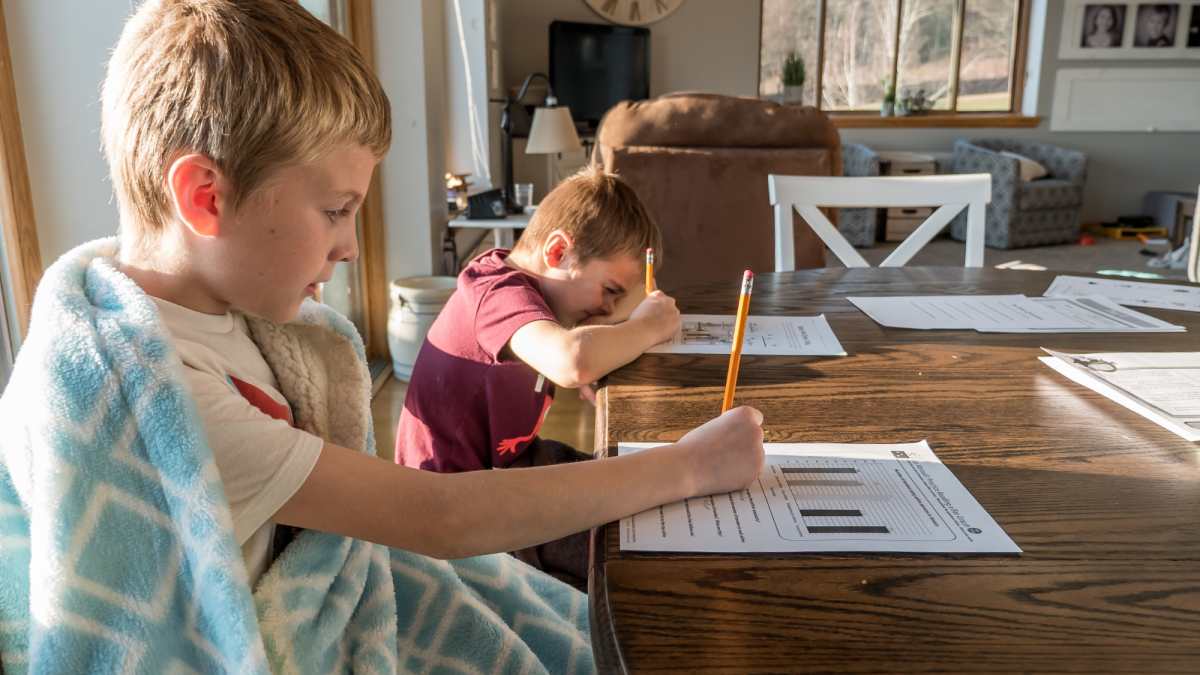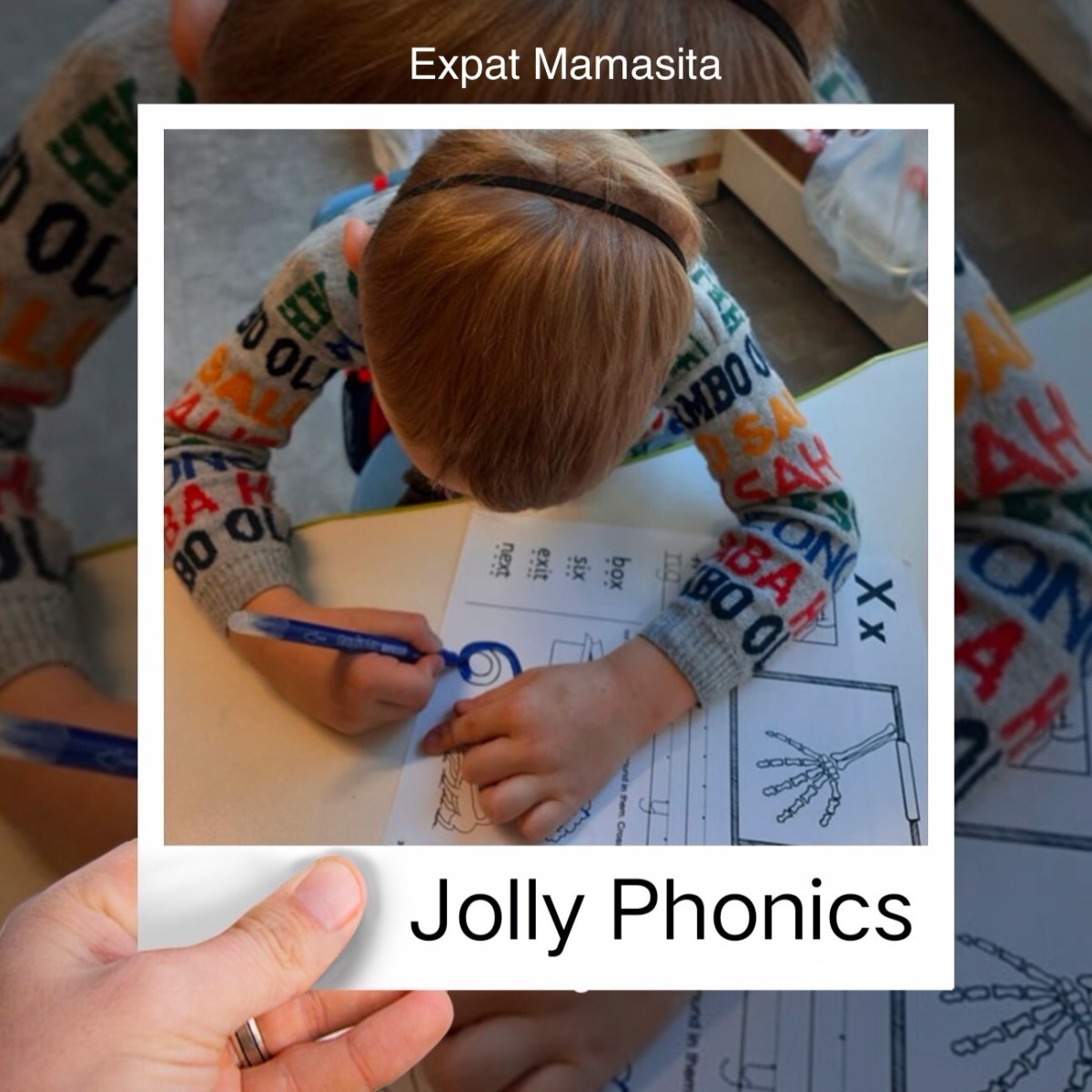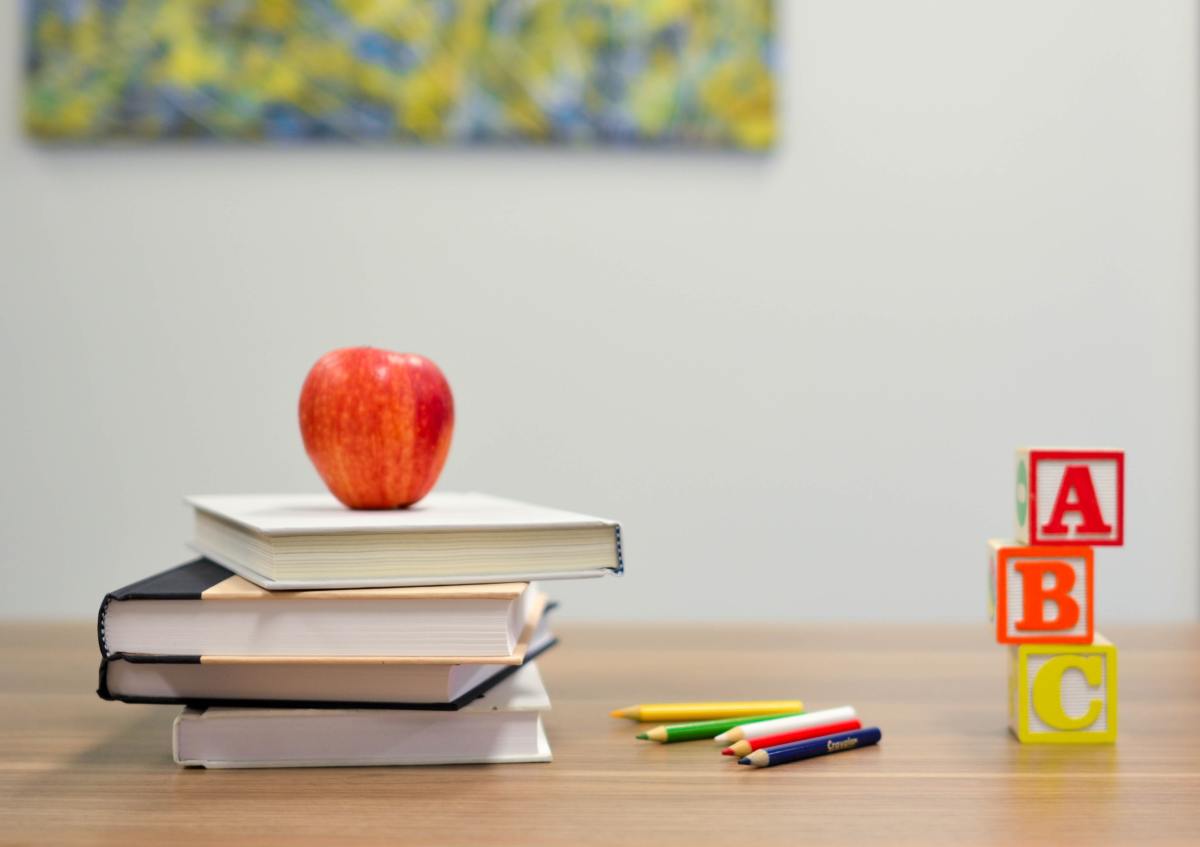School Safety Basics
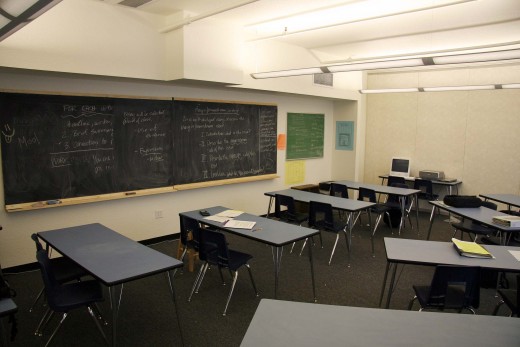
It's important to keep school violence in perspective. When it happens, it is tragic, but it also almost never happens. Kids need to feel safe when they go to school in the morning. And there are plenty of ways parents can advocate policies and procedures to make school a safer place. You can also talk to children in way that's not scary.
Presentation is Everything
Be honest with kids. They're not stupid and they see the same newscasts you do. Don't try to gloss over violence among children, but meet it head on. When you acknowledge the possibility of someone in school acting out, you gain kids' trust. They are more likely to listen to what you have to say when they sense you're not trying to pull one over on them.
It doesn't have to be all about the violence. Schools can conduct safety drills for a variety of emergencies. They are learning to be safe from fires, hurricanes, blizzards, chemical spills, health emergencies, bomb threats, and armed intruders attacking the school.
Use calm language, such as safety drills instead of armed intruder drills. Shelter in place is less threatening than lockdown.
Run and Hide
It's pretty simple and it's also some very good advice to give a child who is in the proximity of someone who is being dangerous with a gun or a knife. Teach children to be safe by getting away from the danger as fast as they can. You can't trust a dangerous person. Getting to a safe place and getting help quickly is the first line of defense.
The next best thing to getting away is hiding. Teach kids to try and find a hiding place that conceals all of their bodies, such as by turning over a desk.
Does Your School Have a Safety Plan?
School safety plans needs to be understood by teachers, students, and parents. Everyone needs to feel comfortable that the policies and procedures in place are the best plan for protecting students and teachers.
Plans need to be tailored to different schools depending on floor plans and class schedules. A lockdown procedure may or may not be the way to go and there are fire codes to consider. Time of day will also be a factor. Whatever the notification and plans are, teachers are the ones who need to make the final decision depending on their situation.
There will need to be different safe areas designated depending on if children are inside or outside, as well as whether the danger is coming from inside or outside the school.
Working With the School
It's imperative for parents to work with the school to brainstorm and come up with a variety of different plans. Communication is key. Make sure the school has outlined a clear plan for communicating emergencies to parents. Parents need to understand what they should do in the event an emergency separates them from their children.
The bottom line is that children will feel safest when adults seem calm and confident instead of acting scared. They will be safest when reasonable precautions are taken to ensure their safety. Denial is not a plan. The more prepared the adults are, the better they will be able to model relaxed behavior to the children and the better they can protect the children.


